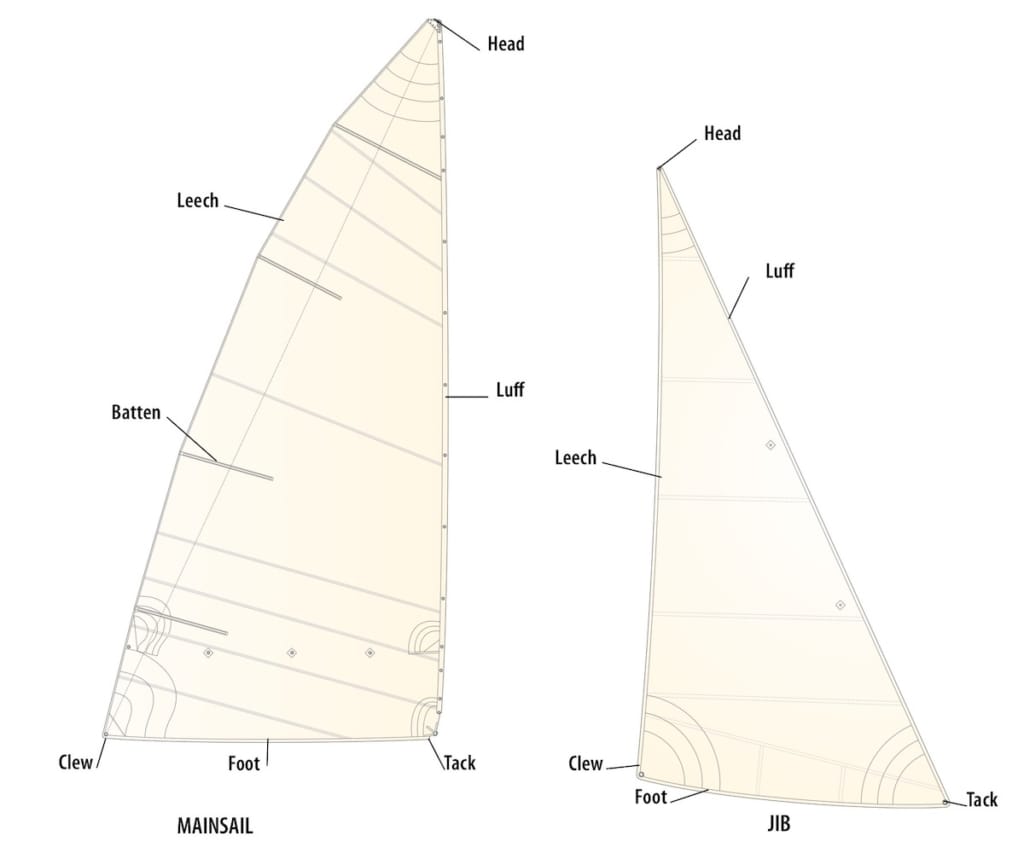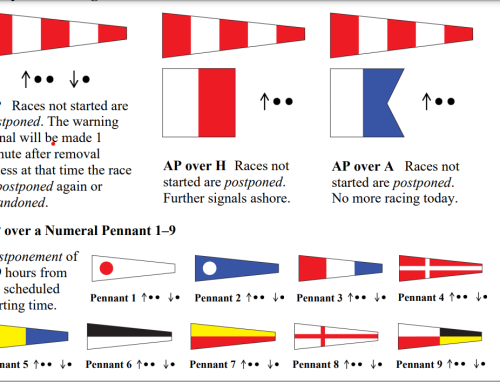Part 6: Trimming the Mainsail
David Greene continues his series on owning and racing a racing cruiser:
Whilst trimming the mainsail can appear to be some form of magic, accompanied by the use of strange words such as “pre-bend”, “draft” and “twist”, it’s really quite a simple process once we break everything down into its component parts.
We are trying to do three things with a mainsail:
• Adjust the tension on the three edges of the sail
• Bending the mast to change the sail shape
• Trimming the boom by using a combination of the mainsheet and the traveller.
The three sail edges are the luff; the foot and the leech.
We adjust the tension on the luff primarily by adjusting the halyard tension and fine-tuning that tension by using a line called the Cunningham. What we are aiming to do is to get the “draft” of the sail (which is the amount of curvature in the sail, as measured by a line running from the luff to the leech) in the right position for the conditions we’re sailing in. When we increase halyard tension, the draft moves towards the luff, generally allowing the boat to point closer to the wind, but not have as much power. When we decrease the halyard tension it generally increases the power of the sail, but we sacrifice some pointing ability. So in flat seas with light to moderate winds, we will usually increase halyard tension. But in stronger winds with bigger seas, we’ll generally ease the halyard tension to give us the power to punch through the waves, even if we can’t point as high.
Tightening the foot of the sail by pulling on the outhaul removes draft from the bottom of the sail, whilst letting off the outhaul generally adds draft back into the sail. Again in heavy winds when we might want to depower the mainsail a bit, we would increase the tension on the outhaul.
Leech tension is a bit more complicated. It’s mainly controlled by the mainsheet and traveller when sailing upwind, and by the kicker when sailing offwind, but the backstay also has a major role to play as well. In lighter winds when beating, we want a straight leech because we want as much power from the sail as possible. We do this by trimming the mainsheet tight and pulling the traveller to windward. But as the wind rises we want to “open” the leech to depower the sail, so we will drop the traveller down to leeward, maybe ease the mainsheet and tighten the backstay.
Next time, we’ll look at mast bend and trimming the main.
Editor’s Note: This series is written by David Greene, an experienced skipper from Malahide, Ireland. David has decades of sailing and racing experience, often participating in local yacht club races and regattas around Ireland with his boat, White Pearl (Elan 331). Malahide estuary is located on the east coast of Ireland, characterized by strong tides and a sandbar that restricts the draught of boats.






